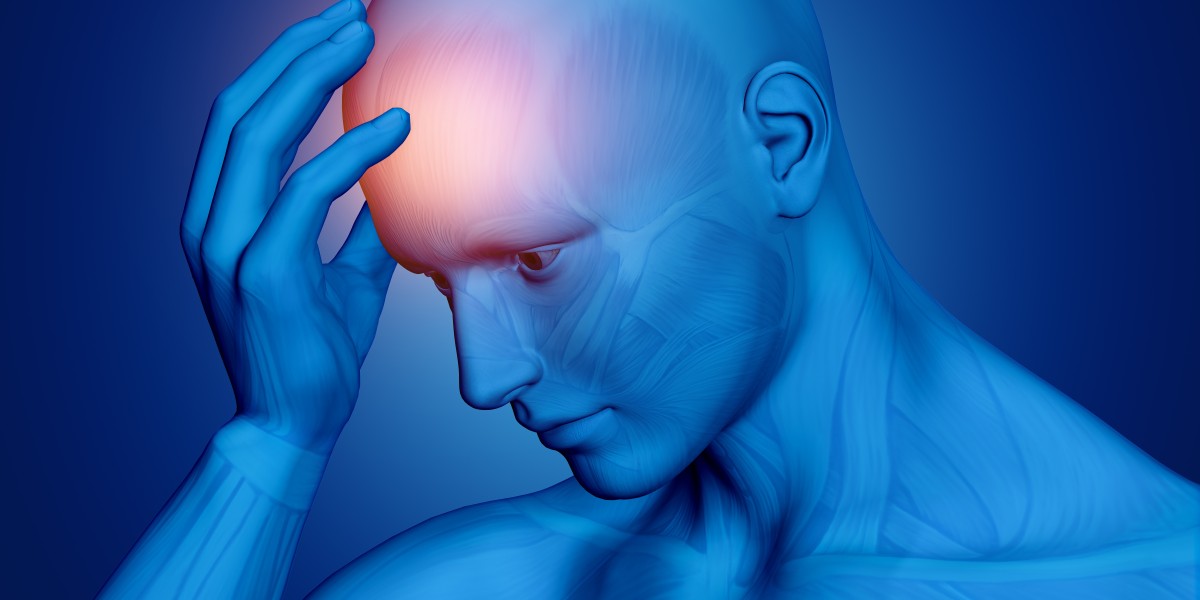A stroke occurs when the blood flow to a part of the brain is suddenly disrupted, depriving brain cells of oxygen and essential nutrients. Within minutes, these cells begin to die, which can lead to lasting brain damage, disability, or even death.
This condition, known as an acute stroke, demands urgent medical care. Recognizing the symptoms early and getting prompt treatment can make the difference between full recovery and serious complications.
Understanding Acute Stroke
The brain controls every function of the body — from speech and movement to memory and emotions. When its blood supply is interrupted, the affected part can no longer perform its function properly.
An acute stroke can occur due to either a blockage in a blood vessel (ischemic stroke) or bleeding in or around the brain (hemorrhagic stroke). Both types require immediate medical attention, though their causes and treatments differ.
Symptoms You Shouldn’t Ignore
Stroke symptoms appear suddenly and can worsen within minutes. The key is to act fast if you notice any of the following signs:
Numbness or weakness in the face, arm, or leg, especially on one side of the body
Sudden confusion or difficulty understanding speech
Trouble speaking clearly
Vision problems in one or both eyes
Dizziness, loss of coordination, or unsteady movement
Severe headache with no obvious cause
The easiest way to remember stroke symptoms is the FAST test:
F – Face drooping
A – Arm weakness
S – Speech difficulty
T – Time to call emergency help
Immediate medical response can save brain cells and improve recovery chances.
Common Causes and Risk Factors
Several factors increase the likelihood of an acute stroke. While some are uncontrollable, many can be managed with lifestyle changes and medical care.
High blood pressure (the leading cause)
Diabetes or high cholesterol
Smoking and heavy alcohol consumption
Obesity or lack of physical activity
Heart diseases such as atrial fibrillation
Family history of stroke
Age above 55 years
Managing these risk factors through regular check-ups and healthy habits is key to prevention.
Types of Acute Stroke
There are two main types of acute stroke:
Ischemic Stroke
Occurs when a blood vessel supplying the brain is blocked by a clot or plaque buildup. It accounts for nearly 85% of all stroke cases.
Hemorrhagic Stroke
Happens when a weakened blood vessel ruptures, causing bleeding in or around the brain. This leads to pressure on brain tissue, which can be life-threatening if not treated quickly.
How Doctors Diagnose a Stroke
A quick and accurate diagnosis is essential to decide the right treatment approach. Diagnostic steps may include:
CT scan or MRI: To confirm the type and location of the stroke
Blood tests: To check for clotting issues, infections, or imbalances
Carotid ultrasound: To assess blood flow through the neck arteries
Echocardiogram: To detect clots or abnormalities in the heart
Neurological assessment: To evaluate coordination, reflexes, and cognitive function
These tests help doctors determine the cause and severity of the stroke and plan appropriate treatment.
Treatment Options for Acute Stroke
The goal of stroke treatment is to restore blood flow to the brain as quickly as possible and minimize further damage.
For Ischemic Stroke:
Clot-busting drugs (thrombolytics): If given within 4.5 hours, these medications can dissolve clots and restore blood flow.
Mechanical thrombectomy: A minimally invasive procedure to physically remove the clot from a blocked artery.
For Hemorrhagic Stroke:
Medication: To control blood pressure, reduce brain swelling, and prevent seizures.
Surgical treatment: To repair ruptured vessels or remove collected blood.
Rehabilitation:
Recovery continues beyond the hospital. Rehabilitation includes physical therapy, speech therapy, and occupational therapy to help patients regain independence and function.
Preventing a Stroke
While not all strokes can be prevented, healthy habits greatly reduce the risk.
Maintain normal blood pressure and blood sugar
Eat a balanced diet low in salt and saturated fats
Exercise regularly
Quit smoking and limit alcohol intake
Keep stress under control
Go for regular health check-ups
Prevention begins with awareness and consistent care for your body.
Expert Care by Dr. Arvind Nanda
When it comes to neurological health and stroke management, Dr. Arvind Nanda is a name synonymous with trust and excellence. With extensive experience in diagnosing and treating complex neurological conditions, he combines advanced medical knowledge with a compassionate, patient-first approach.
Dr. Nanda is known for his precision in stroke management — from early diagnosis and emergency care to long-term rehabilitation. His commitment to personalized treatment ensures that every patient receives not just medical expertise, but also empathy and hope during recovery.
Under his guidance, countless patients have regained their strength, confidence, and quality of life.
Final Thoughts
An acute stroke can strike without warning, but awareness and prompt action can save a life. Recognizing the signs, acting quickly, and seeking expert medical care are the keys to survival and recovery.
With timely intervention and guidance from specialists like Dr. Arvind Nanda, stroke patients can achieve meaningful recovery and return to their everyday lives with renewed strength and optimism.






